- Joined
- May 1, 2008
- Messages
- 3,563
Recut shorthand: Big table, low crown, shallow, wavy, will lose significant weight in any recut. Small table, high crown, deep, even, will lose weight but perhaps not too much diameter (nicely said bc). Longer story: Girdle details (esp naturals, feathers or wave), roundness and internal characteristics all have influence. A rough estimate can be made based on mm measurements, table size and crown height. A meaningful estimate must be made by an expert with the diamond in hand.bunnycat|1484882888|4116778 said:If you remember buying it as a 1.26 cut stone, that would make it just under 7mm if it is well cut. If it is shallow, it would probably measure over 7mm and if deep (which is what I suspect based on the look of your ring shank width) then it will be definitely under 7mm. Those are the ones that tend to not lose much diameter in a recut, just weight.

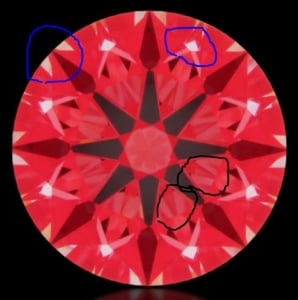
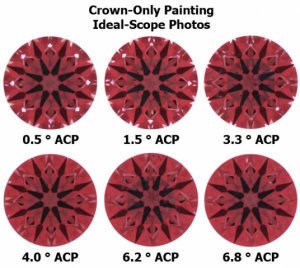
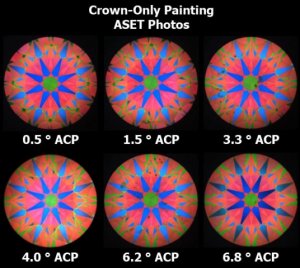
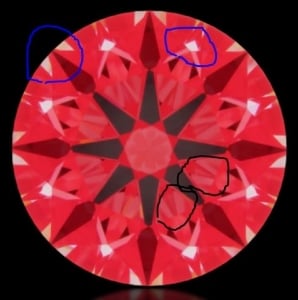
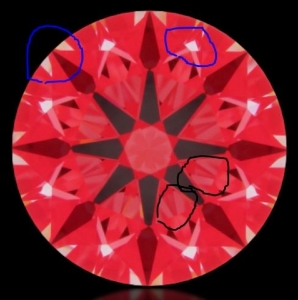
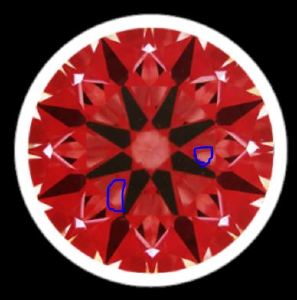
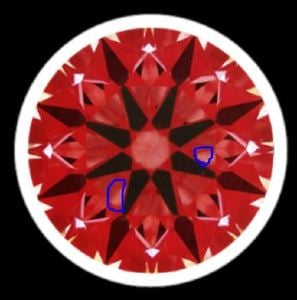
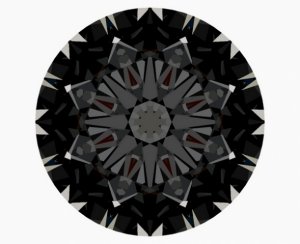

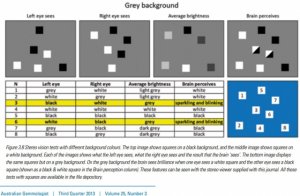
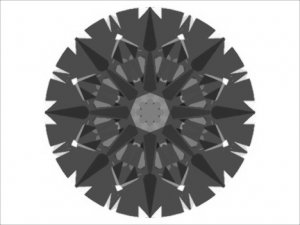
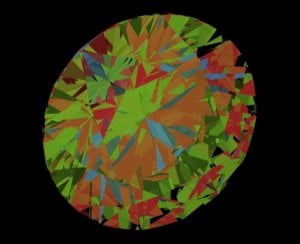
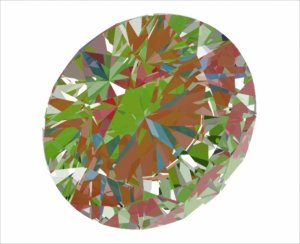


300x240.png)